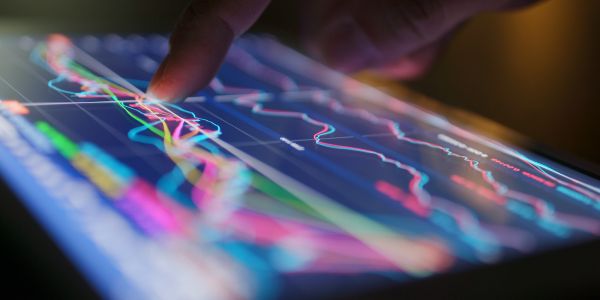Katana Graph™ provides the ideal platform for significantly improving credit modeling and decisioning, with all-in-one graph AI, query, mining and analytics.
Financial lending success depends on accurately evaluating and predicting the repayment ability of loan applicants. Even a modest improvement in credit modeling accuracy can result in significantly increased loan volume, reduced bad-debt expense and higher net income. Graph AI approaches have been shown to improve model accuracy over other new and existing approaches.
Breaking through to new levels of lending outcomes requires continuous improvement of credit modeling using the most advanced predictive technologies possible, particularly graph AI.
Successful graph AI pipelines require performing a wide array of graph pre-processing workflows such as data cleaning and feature generation, which in turn require extensive graph querying, mining and analytics. Katana Graph makes this possible by providing seamless, fully integrated, end-to-end workflows supporting all aspects of AI – from data preparation to advanced graph AI modeling, including graph neural networks (GNNs).
By integrating all graph workflows in a single platform, Katana Graph enables financial lenders to more easily and rapidly build, deploy and continuously improve AI-powered credit modeling from start to finish.
Key Katana Graph features for credit modeling include:
- Data unification – Consolidate disparate consumer data sources into one unified data model
- Feature engineering – Learn new features from the consumer’s high-dimensional data (e.g., alternative data, raw tradeline data from credit bureaus)
- Relationship finding – Identify each consumer’s similarity to “bad” consumers in the graph for insight into future ability to repay
Katana Graph integration with machine learning libraries lets you combine multiple deep-learning architectures in the same model. For example, a credit model developed on the Katana Graph platform can incorporate the consumer’s time series data as long short term memory (LSTM) layers (e.g., retaining the last 24 months of consumer activity), and consumer’s static information (income, marital status, etc.) as multi-layer perceptron (MLP) layers, and then combine those layers with the GNNs, for the most advanced credit modeling possible.
